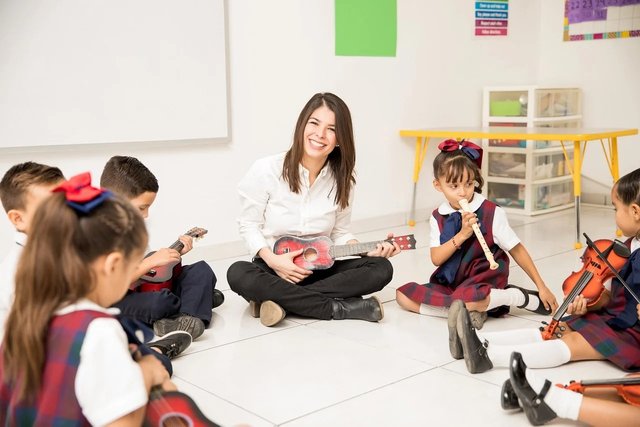Culturally responsive teaching (CRT), as defined by its proponents, provides an integrated set of strategies to effectively educate students by bringing relevance into the learning enterprise of the classroom. Everyone has their own set of culture, people’s customs or traditions. That makes the society/interact very differently to content, other peers, or their teachers. The main goal of CRT is to make classrooms more welcoming places for everyone by recognizing and valuing what students bring into the classroom. There are also other advantages of culturally responsive teaching. This model of teaching has its own set of strategies and approaches designed to enhance educational equity. USF teacher educators have implemented this model into the US classroom environments in order to help students feel engaged and valued. The choice of this strategy helps students find ways to relate what they are learning in the classroom to their everyday life in a meaningful way. In a nutshell, culture has its core role in the learning process as it defines what people’s values, symbols, and pathos are. Teaching models such as these aim for certain objectives which includes academic inspiration, cultivating openness, critical thought and respect for diversity in students’ attitudes.

Authors get paid when people like you upvote their post.
If you enjoyed what you read here, create your account today and start earning FREE STEEM!
If you enjoyed what you read here, create your account today and start earning FREE STEEM!
Downvoting a post can decrease pending rewards and make it less visible. Common reasons:
Submit